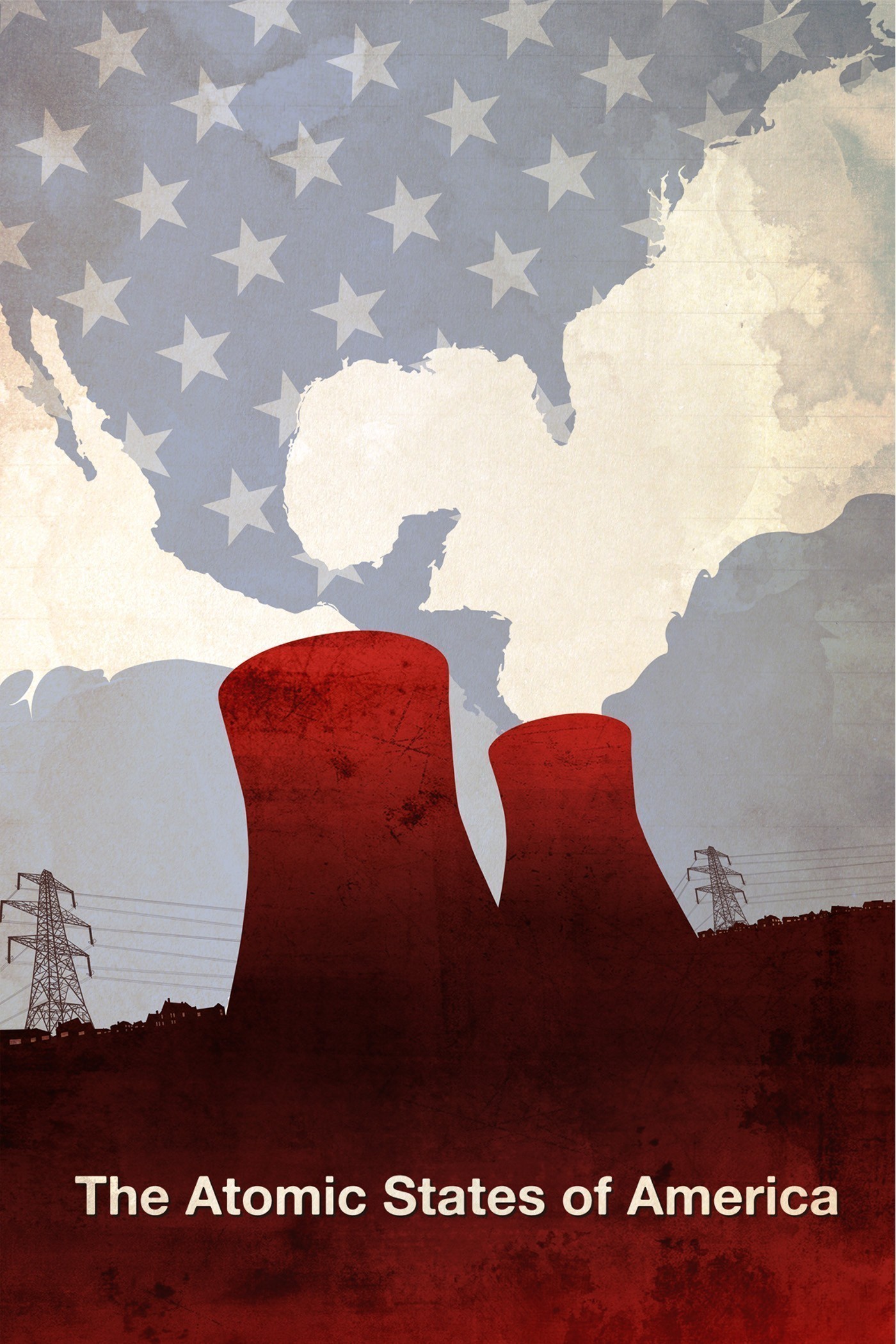
The Atomic States of America
Directed by Don Argott and Sheena M. Joyce
2012, 95 minutes
In 2010, the United States approved the first new nuclear power plant in 32 years. As part of what was called a nuclear renaissance, nuclear energy was heralded by experts and by President Obama as the answer to climate change. This renaissance abruptly ended when a year later the Fukushima accident in Japan renewed a fierce public debate about the safety and viability of nuclear power. Between these two events, filmmakers Don Argott and Shenna M. Joyce began filming The Atomic States of America, a documentary about the safety of nuclear power reactors. They explore what it is like to live in a so-called reactor community and give a detailed overview of the history and impact of nuclear power.
The documentary is based on Kelly McMasters’ book Welcome to Shirley (2008), a memoir about growing up in the shadow of the Brookhaven National Laboratory on Long Island. Brookhaven—established in 1947¬—had three nuclear reactors on its site for scientific research. In January 1997, ground water samples taken by Brookhaven staff revealed concentrations of tritium—a radioactive type of hydrogen—that were twice the allowable federal drinking water standards. Some samples taken later were 32 times the standard. It was concluded that the tritium was leaking—and had been leaking for 12 years— from one of Brookhaven’s reactors into the aquifer that provides water for nearby Suffolk County residents. In her book, McMasters discusses the many health consequences, including a childhood cancer cluster, documented by the people living in Shirley.
Besides exploring the evidence gathered by McMasters, the film also looks at other communities situated near nuclear facilities. The residents of these communities call into question who can be trusted to provide truthful information, and how much influence the nuclear industry has over the Nuclear Regulatory Commission (NRC) and its decisions.
Residents are particularly concerned about the fact that the NRC has re-licensed virtually every single plant that applied for a new license. The majority of the United States’ commercial reactors were built in the 1950s and 1960s and were, structurally, only supposed to last for 30 years. However—despite the aging internal structures of the reactors—the NRC has been re-licensing such plants for twenty or thirty more years.
In an interview with Film Maker Magazine, Directors Argott and Joyce said that their goal with The Atomic States of America was “to take the intimidating topic of nuclear power, and to make it accessible and personal by telling the individual stories of people living in reactor communities, working as NRC inspectors, and advocating on both sides of the issue.” This goal isn’t exactly met. Even though they’ve included interviews with a couple of NRC inspectors and a former government leader, activists are the bulk of the interview subjects. Furthermore there is a serious lack of hard, epidemiological data to back up the claims made by activists and residents of reactor communities. To achieve a more balanced account, the filmmakers should have included more voices from the pro-nuclear energy camp and nuclear and medical scientists. Nevertheless, The Atomic States of America is a passionate and well-made film that keeps the conversation going about a topic that is so often dominated by money and politics, but affects us all.
Elke Weesjes Sabella is former editor of the Natural Hazards Observer. She joined the staff in December 2014 after a brief stint as a correspondent for a United Nations nonprofit. Under her leadership, the Observer was revamped to a more visual format and one that included national and international perspectives on threats facing the world. Weesjes was the editor of the peer-reviewed bimonthly publication United Academics Journal of Social Sciences from 2010 to 2013.
Weesjes Sabella also worked as a research associate for the Center for Disaster and Risk Analysis, formerly located at Colorado State University (although no longer active). In that role, she collected and analyzed data and translated research findings for a broader audience. She played a central role in finalizing the Disaster Preparedness among Childcare Providers in Colorado project, which examines all-hazards preparedness in daycares and in-home childcare across Colorado. She co-authored the report based on the first stage of the project, which was funded by Region VIII of the Federal Emergency Management Agency.
Weesjes Sabella specializes in cultural memory and neighborhood/community change in times of acute and chronic stress. She has published articles on the impact of drought on farming communities in Kansas, the effects of Superstorm Sandy in Far Rockaway, Queens, urban renewal in the Bedford-Stuyvesant neighborhood in Brooklyn, and health services for vulnerable populations in the South Bronx.
Weesjes Sabella received her PhD from the University of Sussex. Her dissertation, Children of the Red Flag: Growing up in a Communist Family During the Cold War (2012), as well as the majority of her publication record, share the common methodology of understanding culture and identity through oral history.